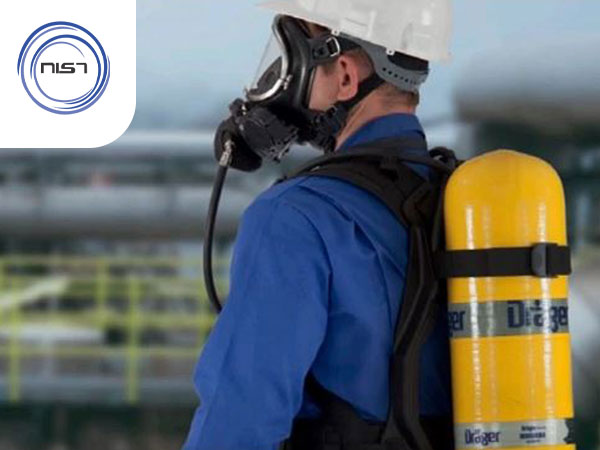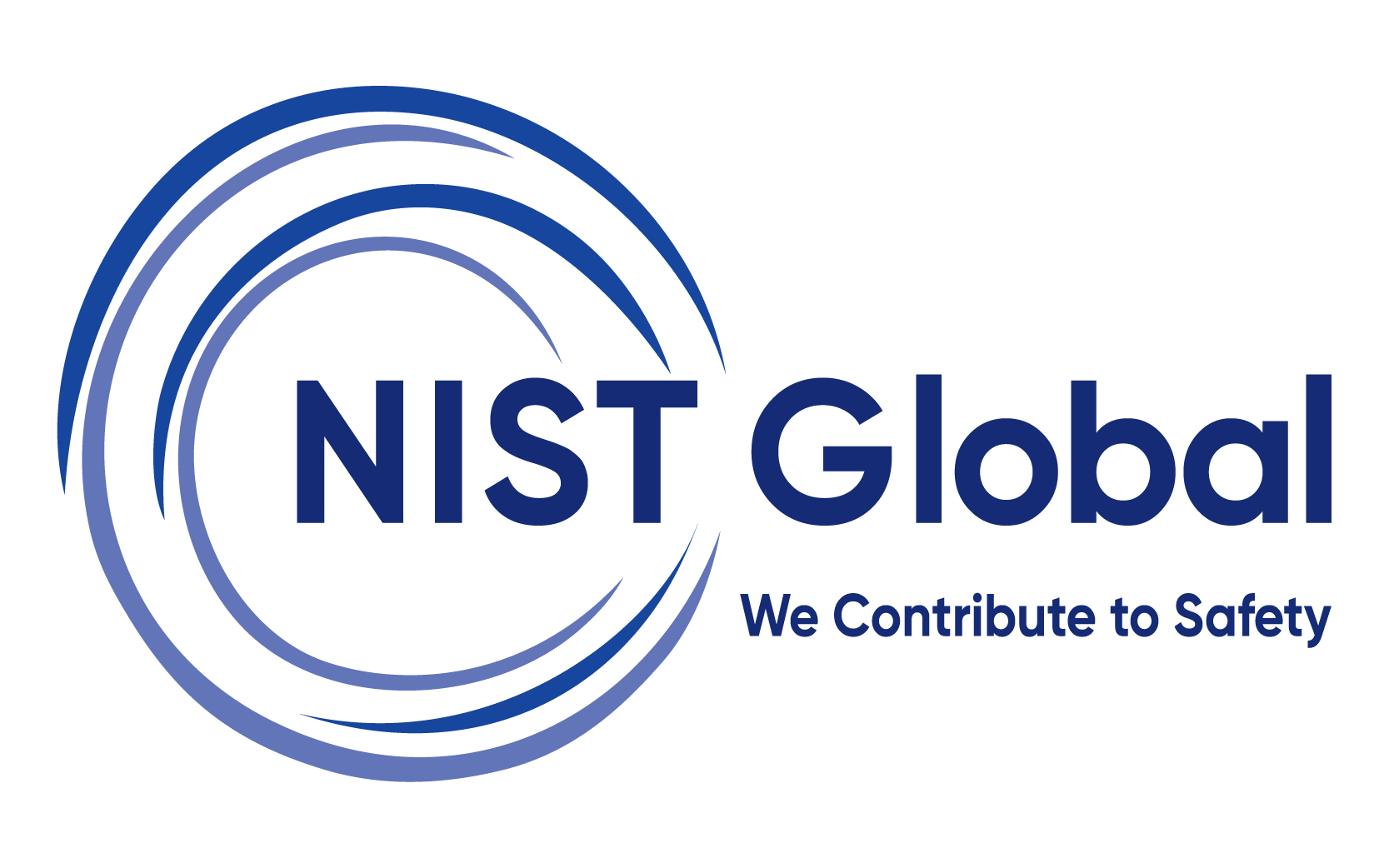SCBA
The Self-Contained Breathing Apparatus (SCBA) is an essential tool for firefighters, enabling them to enter hazardous environments and perform critical interior operations, such as offensive and defensive fire attacks, victim searches, rescues, and ventilation. SCBAs are also used by emergency response teams in non-fire situations involving hazardous materials or confined spaces with toxic fumes or low oxygen levels. Therefore, SCBA training is crucial, as it provides individuals with the necessary skills to correctly use the equipment and ensures a thorough understanding of its safe and effective application. This training empowers responders to handle emergencies with confidence and efficiency.

-
Duration1 Day
-
Training ModeClassroom / Virtual
-
InstitutionNIST
-
SubjectSCBA
-
LevelIntermediate
-
LanguageEnglish
-
PrerequisitesNone
-
For queries, & Assistance
Introduction:
The Self-Contained Breathing Apparatus (SCBA) is an essential tool for firefighters, enabling them to enter hazardous environments and perform critical interior operations, such as offensive and defensive fire attacks, victim searches, rescues, and ventilation. SCBAs are also used by emergency response teams in non-fire situations involving hazardous materials or confined spaces with toxic fumes or low oxygen levels. Therefore, SCBA training is crucial, as it provides individuals with the necessary skills to correctly use the equipment and ensures a thorough understanding of its safe and effective application. This training empowers responders to handle emergencies with confidence and efficiency.
Today, the Self-Contained Breathing Apparatus (SCBA) has become an essential piece of a firefighter's PPE and, quite possibly, the single most beneficial piece of safety equipment. This fundamental piece of respiratory protection has proved its usefulness even as the scope of the fire service has broadened. In addition to the SCBA's use in structural firefighting, it plays an important role in confined space, technical rescue, and hazardous-materials incidents.
Learning Outcomes of SCBA training
The training will provide the delegates with the ability to carry out pre-wearers checks, wearing and maintaining the breathing apparatus. The course will consists of practical use of the equipment to ensure complete understanding of the course content. By the end of this training program participant would be familiarized with:
- Physiology of Respiration
- Asphyxiation
- SCBA Anatomy and Functions
- Safety Considerations
- Operations
- Pre-wearers Checks
- Donning
- Wearing
- Doffing
- Cleaning
- Storage
Who can take the SCBA training?
This training is typically required for operatives who have to work in hazardous atmospheres, confined space or perform rescue work.
Benefits of SCBA training
Participants would be able to use a SCBA safely and effectively during normal occupational assignments as well as in emergency operations.
